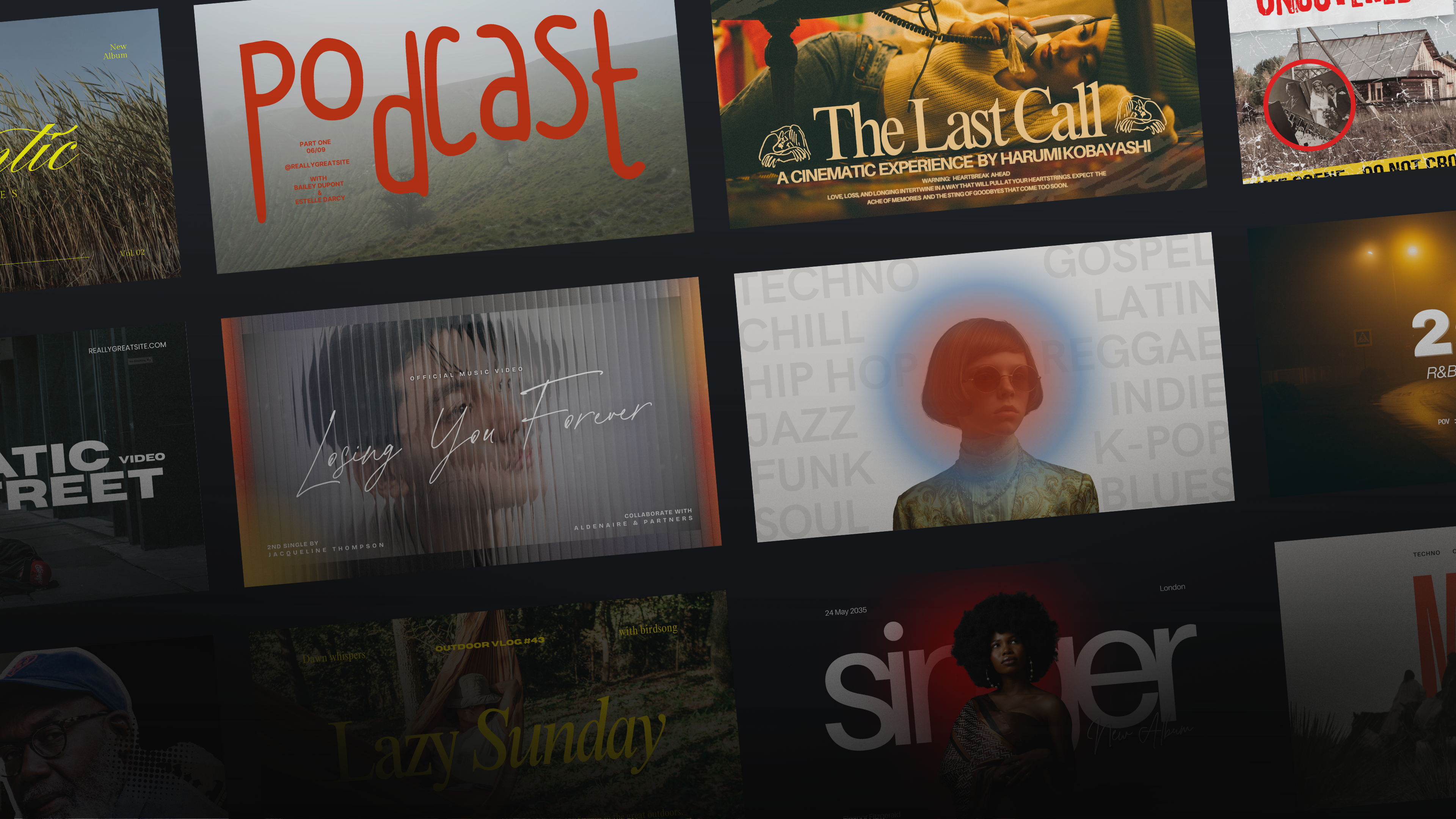Lessons from MF DOOM, Autolux, and U2 Anniversary Albums
Release cycles are traditionally seen as finite: launch, promote, tour, done. But some artists are rewriting this playbook, showing how smart strategies can keep releases alive and profitable years after their initial drop. Here's how three recent campaigns nailed it:
Creating New Experiences Around Your Music
Anniversary represses are standard industry practice now. But while most artists simply reissue the vinyl, MF DOOM's team demonstrated how technology can transform a physical release into something more engaging.

By adding a "HUNGRY FOR MORE?" QR code to the packaging, they created an interactive layer that unlocks extra content. This simple addition transforms the traditional physical release into a gateway for ongoing fan engagement. It's not just about owning the music anymore—it's about discovering new ways to experience it.
Adding Real Value for Day-One Fans
When Autolux marked Future Perfect's milestone, they skipped the standard repress and went straight to the vault. They unearthed their earliest demos from 2001-2002, recorded in a small rehearsal space in Los Angeles.

Eight of these tracks were once only available on CDs at early shows, while two ("Capital Kind of Strain" and "Asleep At The Trigger") are being mixed and released for the first time ever. The rest preserve their original DIY mixes, now mastered for vinyl.
This isn't just dumping content – it's sharing genuine artifacts from the band's earliest days. That's how you reward longtime fans: with something real.
Building Price Tiers That Make Sense
U2's latest reissue campaign shows how sophisticated pricing strategy can maximize reach and revenue. From basic $13 CDs to deluxe $299 box sets, with multiple vinyl variants in between, each tier offers clear value progression.

The key here isn't just having different price points—it's ensuring each tier jump feels justified. When fans can clearly see what additional value they get at each level, they're more likely to opt for higher tiers.
This careful pricing structure serves two purposes:
- Makes the release accessible to casual fans
- Provides compelling options for serious collectors
The Future of Release Cycles
These three approaches point to a fundamental shift in how we should think about releases. Your back catalog isn't just a historical archive—it's an active asset that can continue generating value through:
- Interactive Experiences
- Using technology to create new engagement opportunities
- Turning physical products into gateways for digital content
- Keeping the release fresh long after launch
- Fan-Focused Value
- Curating meaningful archival content
- Creating new context around existing music
- Rewarding longtime supporter loyalty
- Strategic Pricing
- Building logical price ladders
- Ensuring clear value at each tier
- Making premium options compelling
Making It Work For You
Whether your release is two months or two decades old, these strategies can help extend its lifecycle. The key is thinking beyond the initial release window and asking:
- How can we create new ways for fans to experience this music?
- What valuable content do we have in our archives?
- How can we structure pricing to serve different fan segments?
The traditional release cycle might be dead, but that's good news. In its place is something more dynamic and potentially more profitable—if you know how to approach it.
Feeling Inspired?
- Subscribe to our newsletter to get weekly tips for going direct to fan.
- Install Single in your Shopify store to get started on your own.
- Get in touch and let’s talk for help brainstorming ideas, website builds, and more.





